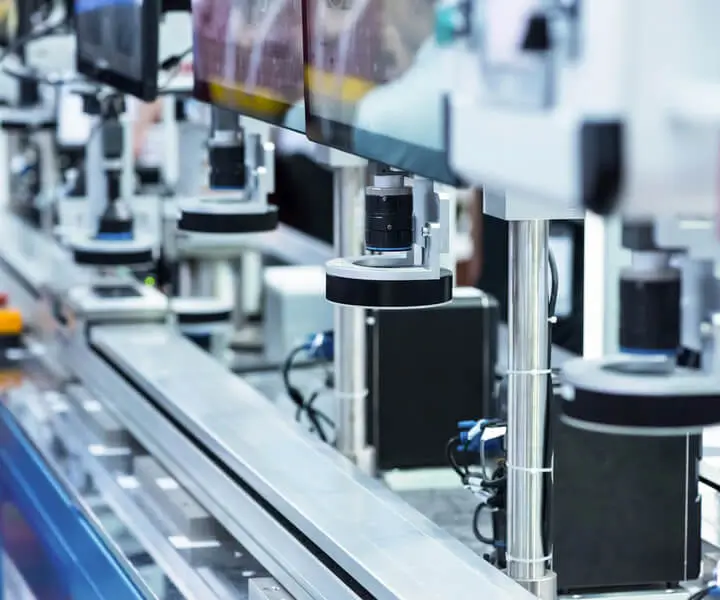Craving that perfect connection between your micro servo and its bracket? You’re not alone. That tiny component might seem straightforward, but get it wrong, and your project’s all about wobbles or worse — total failure. So, how do you attach that micro servo securely and smoothly? Let’s break it down without all the jargon and with enough detail to really get you there.

First off, the key is having the right hardware. Usually, you’ll find a small screw or bolt designed for this purpose. Imagine the micro servo as a tiny, enthusiastic driver eager to do its job—what it needs is a snug, stable seat. The bracket acts as that seat. Many brackets come with pre-drilled holes, perfectly sized for tiny screws. Make sure your screws match the thread count of the holes; too thick, and they won’t go in, too thin, and they’ll wobble.
Now, a quick tip—before you even think about the screws, check if your servo has attached mounting holes. Some micro servos come with mounting tabs or specific holes on their sides. Align these with the bracket’s holes. Sometimes, I’ve seen folks struggle just because they didn’t realize the servo has a specific orientation. Pay attention to the direction of the servo’s shaft and the bracket’s design. It’s a small detail that can save a lot of frustration.
Screwing in is straightforward but gotta be gentle. Tighten just enough to hold everything steady—over-tightening can crack the micro servo’s plastic casing. It’s like tightening a watch band — snug but not overly tight. You want the servo to be immobilized but not crushed.
Ever wondered if it's better to use some kind of adhesive? Some folks like to add a tiny dab of epoxy or thread-locker to lock the screws in place, especially if vibrations are involved. Just a small amount, because you still might want to remove the servo later without causing a mess.
One thing I always ask myself—is the bracket sturdy enough? A flimsy bracket will give you trouble down the line. Look for those made of durable materials—aluminum or reinforced plastics are usually safer bets. The right material makes attaching easier and keeps the servo in place through the bumps and curves of your project.
If you're planning to make adjustments later, leave some slack and don’t overtighten. Sometimes, a quick wiggle test after mounting can tell you a lot. Is it still smooth? No wobbling? That’s the sweet spot.
Honestly, the simplest act of attaching a micro servo to its bracket, when done right, makes a difference. It’s about patience, the right tools, and paying attention to detail. Think of it as building a tiny but reliable foundation—without that, nothing else stays steady. Got questions about specific brackets or screw sizes? Sometimes, experimenting with a different screw can turn a tricky fit into a perfect one. After all, the joy is in the discovery.
So, next time you’re working with micro servos, keep these tips in mind. Secure, steady, and ready to move—that’s what makes a project truly shine.
Kpower has delivered professional drive system solutions to over 500 enterprise clients globally with products covering various fields such as Smart Home Systems, Automatic Electronics, Robotics, Precision Agriculture, Drones, and Industrial Automation.




































